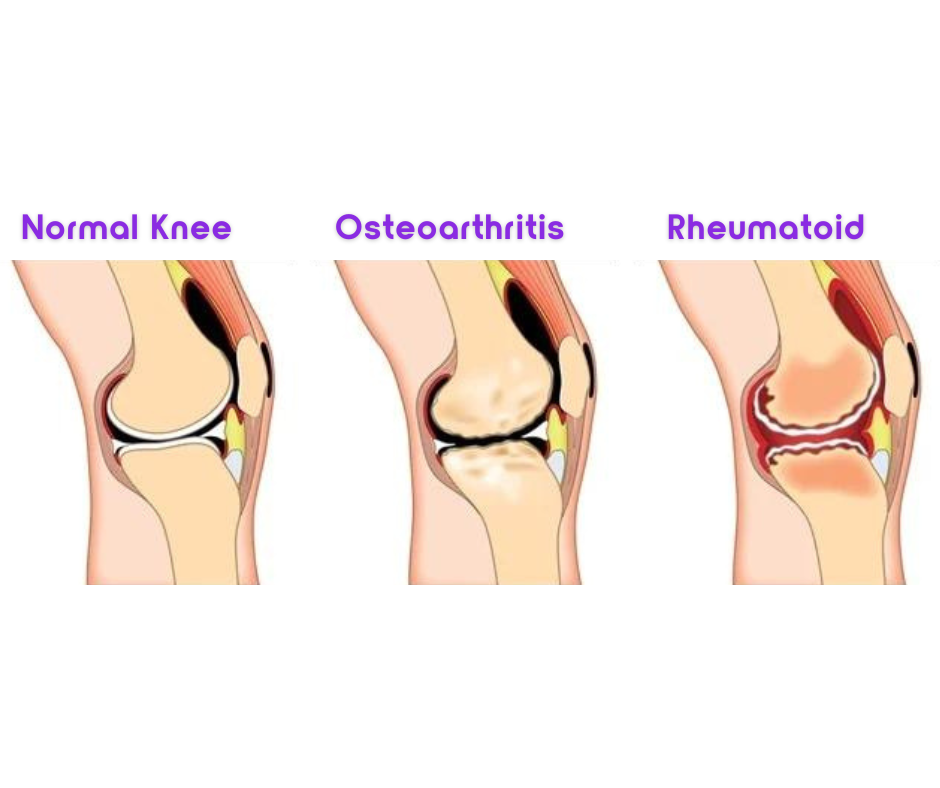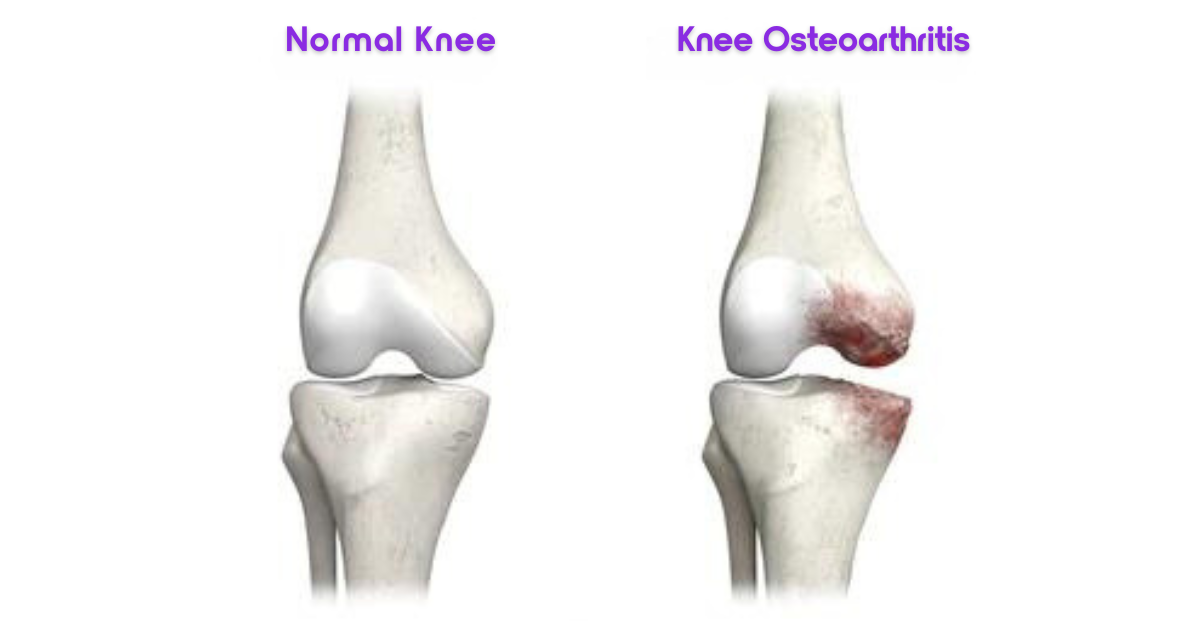What is Arthritis?
Arthritis is a common condition that causes inflammation of one or more joints and typically results in pain. It currently affects up to 15% of the Irish population and can affect people of all ages.
Causes of Arthritis
There are two main types of arthritis, Osteoarthritis and Rheumatoid Arthritis. They both affect the body and joints in different ways.
Osteoarthritis is the most common type of Arthritis. It is a degenerative disease which mostly affects the weight-bearing joints of the body, such as the knee, hip, and spine. For some people, the changes are often so subtle and develop over such a long period of time that they are hardly noticeable. It most commonly occurs in people as they age, but can also develop in young people due to a pre-existing injury or from overuse.
Rheumatoid Arthritis is an autoimmune condition where the body’s immune system mistakenly attacks the lining of your joints and the tissues surrounding them. This causes the thin layer of protective cells around your joints to become sore and inflamed and release chemicals that damage the bones, cartilage, tendons, and ligaments.
Physiotherapists predominantly work with patients who have signs and symptoms of Osteoarthritis.

Risk Factors for Osteoarthritis
Osteoarthritis is most commonly seen in people over the age 40. The degeneration of cartilage, joint fluid and the reduction of strength in the muscles surrounding the joints are considered to be contributing factors.
Some types of Arthritis run in families so there is an increased probability you may develop arthritis if your parents or siblings have the disorder.
Being overweight is a significant risk factor for developing Arthritis. Overweight people are more than 4 times more likely to develop Arthritis in weight-bearing joints than people who are fit and healthy.
Arthritis Symptoms
The most common symptoms of arthritis are pain and inflammation around the joints. Prolonged stiffness after waking up or standing up can be an early sign of Arthritis. Depending on the type of Arthritis, symptoms can vary from;
Joint Pain
Stiffness
Decrease in range of motion
Redness
Swelling
What to do when your Arthritis starts to ‘Flare Up’
When Arthritis starts to flare up during exercise or even at rest, it can become quite painful. When this happens it is important to know what steps to take to reduce the level of pain and bring the affected area back to the state it was before starting the movement.
Hot and cold treatments like using an ice pack or heating pad, or taking a hot shower or bath, can be used as a soothing relief when a flare up occurs. Be careful not to expose your body to heat for too long to avoid burns.
Allowing your body to rest can allow a flare up to calm down and reduce the pain in the affected area. Giving your body a few days away from the movement that caused your joints to act up can be beneficial in the short term but it is not a permanent fix!
Physical Exercise is extremely important for people who are experiencing arthritic pain. When it comes to joint flare ups, the pain is in the dose! Just because you got a flare up, it doesn’t mean you can never do that movement again. What it does mean is that if you load up the same movement slowly over time, you may increase your joint’s capacity to withstand the flare ups and in result, reduce the pain you experience.
Can Arthritis be cured?
Unfortunately there is no current cure for Arthritis but the goal, with the right treatment plan, is to reduce the pain and inflammation around the affected joints, and to maintain mobility and movement.
There are different forms of treatments that can help limit the pain Arthritis can bring on, and it is important to note that different people respond better to different treatments
Physical Exercise
Exercise has been shown to not only improve joint health but also help to strengthen supporting muscles around the arthritic joints. Physical exercise is one of the most effective, non-drug treatments for reducing pain and improving movement in patients with Osteoarthritis.
Your physical activity should include a combination of strength training and aerobic exercise to improve your overall fitness. Remember to load up slowly over time to avoid getting a flare-up.
Strength Training
Aerobic Training
Standing Quadricep Stretch
Walking
Glute Bridge
Cycling
Lunges
Swimming



Physiotherapy
A Physiotherapist can help improve fitness and muscle strength to make the arthritic joints more flexible. Physiotherapists can offer massages that can help relieve pain in the affected area. They can also create tailored exercise programmes that will help strengthen your joints, which as a result can reduce the pain and immobility felt in the arthritic area. The benefits of getting Physiotherapy for your arthritis is that it can combine both Physical Exercise and Massage therapy, while having the peace of mind you are being monitored by professionals.
Medication
In some cases, medication can be used to treat pain and discomfort. Some of the most common medications used for arthritis are paracetamol, steroid injections and in extreme cases of pain, opioids. It is very important to consult a GP before taking any medication.
Surgery
Having an arthritic joint replaced by an artificial joint can be done through surgery. This option should be considered a last resort when other less-invasive treatment options have proved unsuccessful. Surgery cannot guarantee to get rid of your symptoms completely.
Take Home Message
At mybod, we offer Older Adult Exercise classes which are suitable for anyone over the age of 65. This class includes all the Components of Fitness that are important in the treatment and management of Arthritis.
Our Physiotherapists are available to provide treatment sessions and can help design a personalised exercise programme for you.
If you are living with Arthritis, or think you may be, it can often feel overwhelming, but you need to know that there are many things you can do to help treat and manage the pain and discomfort.
Book in to see our Chartered Physiotherapists here.


0 Comments